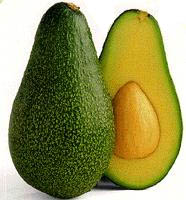1. Apple, onions & potatoes have same taste, don’t believe
it. Here is the test: Pinch your nose & taste all three, find any
difference?
2. Carrots were originally purple in color.
3. When an insect touches the hairs of a Venus Fly Trap, it triggers the plant to close, trapping its victim before killing and dissolving it in acid.
4. Trees get about 90% of their nutrition from the atmosphere (carbon dioxide, etc), and only about 10% from the soil.
5. Tree rings not only tell us age of the tree but they can also tell us about environmental events, including volcanic eruptions.
6. The largest single flower is the Rafflesia or "corpse flower". They are generally 3 feet in diameter with the record being 42 inches.
7. The water hyacinth is the world's fastest growing water plant & world's biggest water plant is Amazon lily, its floating leaves grow up to 6 feet.
8. The world's fastest growing plant is Burma's giant bamboo, it can grow 17 centimeter in a day.
9. The oldest living thing in existence is not a giant redwood, but a bristlecone pine in the White Mountains of California, dated to be aged 4,600 years old.
10. Avocados have the highest calories of any fruit at 167 calories per hundred grams.
















.jpg)


















